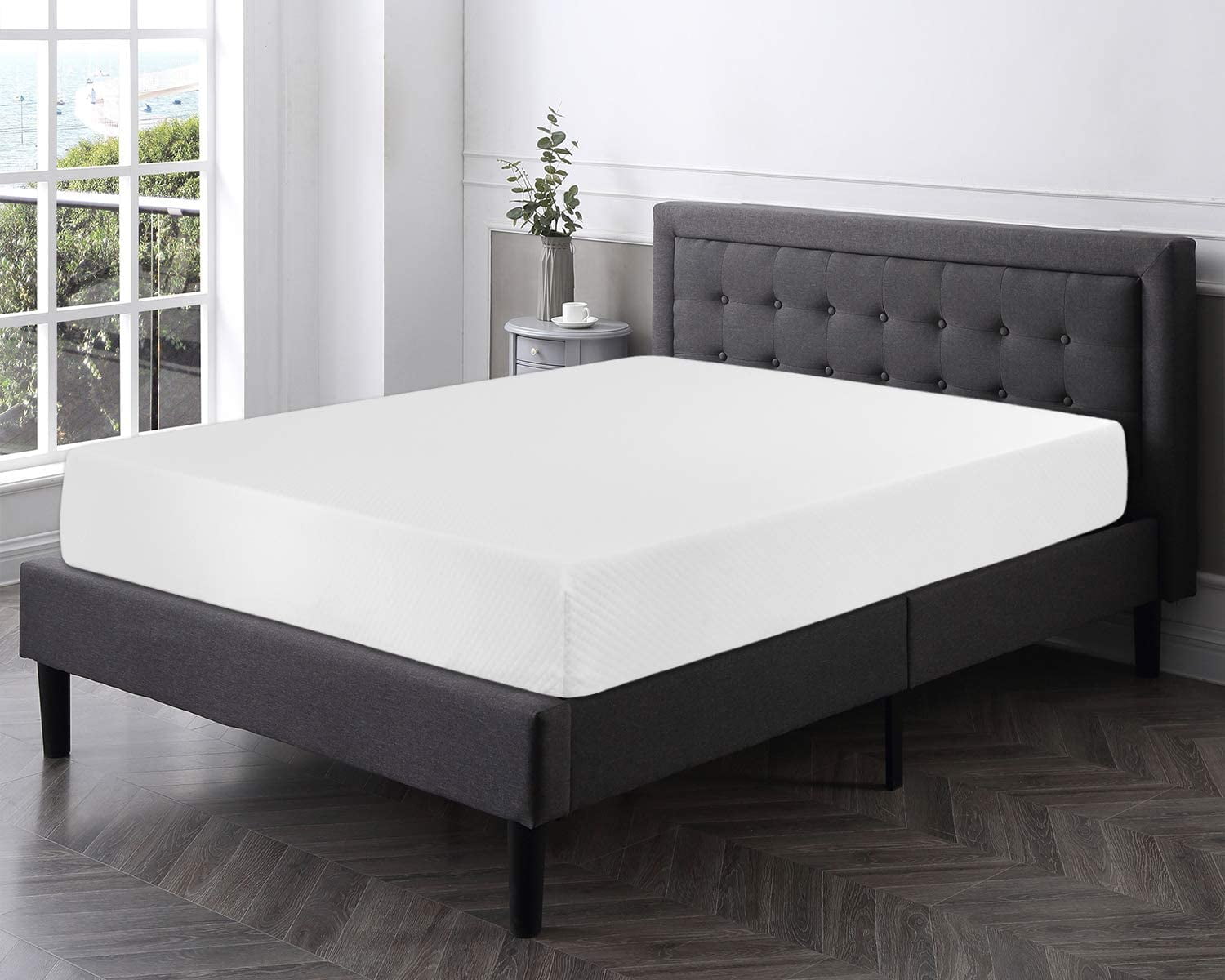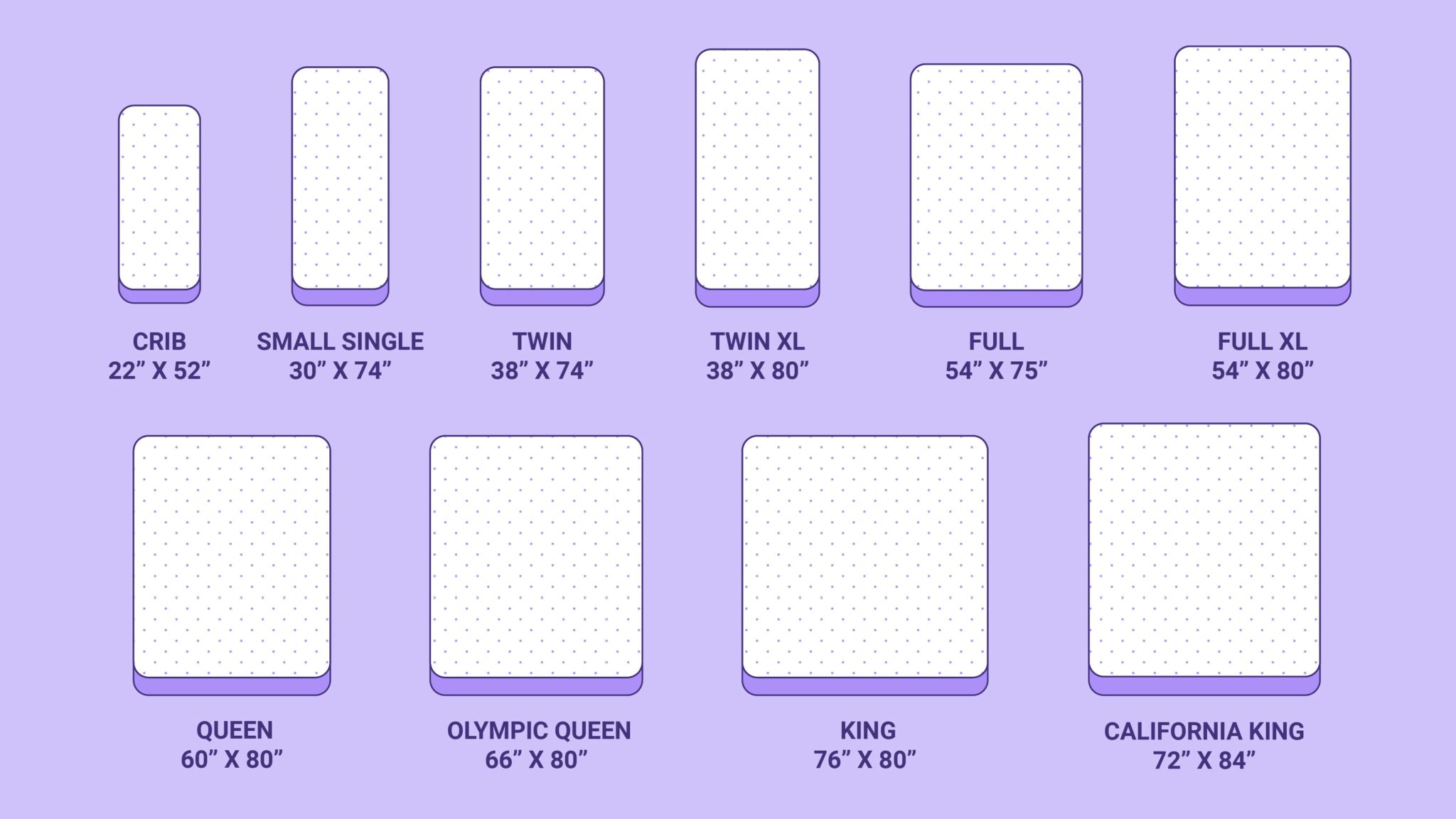Establishing a DIY insulated home is becoming an increasingly popular option amongst homeowners looking to cut energy costs without sacrificing quality or design aesthetic. Art Deco house designs can especially benefit from insulation, and there are a multitude of techniques to maximize the insulation potential. Key considerations for creating an efficient insulated house according to art deco designs include siting strategies, heat retention tactics, orientation of windows and walls, passive cooling strategies, ventilation options, and selection of roof insulation materials. Smart Insulated House Designs for Energy Efficiency
In terms of siting, the type of soil and surrounding environment can play a major role in achieving the highest level of insulation. For example, sandy soils in warmer climates absorb and retain heat more easily than cooler climates with clay soils, and this should be accounted for in the design. Additionally, sites surrounded by greenery can benefit from added insulation, as the plants will help provide shade and cooler temperatures for the surrounding environment. Siting Strategies for Well-Insulated Houses
Using various insulation techniques in an art deco house design can maximize the energy efficiency of the house. R-values are a useful tool to understand the strength of insulation materials, and R-30 is recommended for ceiling, wall, and floor insulation in cold climates. This can be achieved with a combination of structural insulation panels, rigid foam insulation, and additional fiberglass insulation for extra protection. Making Extensive Use of Insulation in House Designs
Using heat retention techniques can ensure that heated air is not lost through walls and windows. This can be achieved by sealing air leaks throughout the house, using weather strips, caulking, and exterior insulation, along with maximising the thermal mass of the house. Concrete walls and floors are excellent for retaining heated air, and heated tile floors can add an elegant feel to Art Deco House Designs. Heat Retention Techniques in House Designs
When building an art deco house with energy efficiency in mind, the placement of windows and walls should be optimized to take advantage of any natural passive solar heat gain. This involves orienting the house in such a way that it can access direct sunlight for as long as possible. Additionally, overhangs can be added to windows to block out any intense afternoon sun and further assist in heat regulation. Orientation of House Designs for Maximum Passive Solar Heat Gain
There are also several techniques to reduce heat levels on the hottest days. Natural passive cooling strategies include creating cross-ventilation by strategically placing windows and openings, placing fans on the roof to create an air-draft, and planting trees to provide shade. Additionally, cooling principles such as thermal mass cooling and stabilization of night temperatures using thermal insulation can be implemented to reduce the need to turn on the air conditioning. Passive Cooling Strategies for Well-Insulated Houses
Ventilation is also key to optimizing the insulation of an art deco house. Good ventilation systems create a strong draft that helps flush out hot air and replace it with cooler air, thus reducing the need for air conditioning. Ventilation can be attained through powered or natural means; window openings, attic fans, ridge vents, and soffit vents all create good ventilation drafts in a house. Ventilation Strategies for Well-Insulated House Designs
Choosing the right insulation materials for the roof is paramount for creating a well-insulated house. Most roofs require R-38 insulation or higher, and this can be achieved using foam board, fiberglass insulation, and rigid foam sheeting. Spray foam insulation is also an excellent option and can be applied inside or outside the house depending on the design requirements. Selecting Roof Insulation for Well-Insulated House Designs
Structural Insulation Panels (SIPs) are an efficient way to achieve the highest levels of insulation. SIPs are a combination of foam and structural layers that are easy to assemble and install, creating a rigid and airtight barrier that keeps a house warm in the winter and cool in the summer. SIPs are ideal for art deco house designs as they can be fitted with a stylish finish applied to the outside to create a sleek, polished look.Using Structural Insulation Panels in House Design
Rigid foam insulation is another great choice for designers of art deco houses, who are looking for an efficient way to achieve temperature stability. Rigid foam insulation is a cost-effective option that takes the form of foam board or liquid foam. It can be applied to walls, attics, and basements, and provides excellent thermal protection.Using Rigid Foam Insulation for Well-Insulated House Designs
The Key Benefits of a Well-Insulated House Design
 When you’re thinking about building or remodeling a home, one of the most important things to consider is insulation. A
well-insulated house
can help you save on energy bills and keep you and your family comfortable in all seasons. In addition to the cost savings, a
well-insulated home
also provides many other benefits for your health, comfort, and overall enjoyment.
When you’re thinking about building or remodeling a home, one of the most important things to consider is insulation. A
well-insulated house
can help you save on energy bills and keep you and your family comfortable in all seasons. In addition to the cost savings, a
well-insulated home
also provides many other benefits for your health, comfort, and overall enjoyment.
Stat & Comfort
 A well-insulated house maintains a consistent temperature throughout the seasons, allowing for optimal comfort and quality of life. Insulation also helps prevent humidity build-up, which helps reduce mold growth and dampness in the home. Additionally, a
well-insulated house
is quieter since it reduces sound waves from travelling from room to room and outside, making it easier to focus and enjoy a peaceful atmosphere.
A well-insulated house maintains a consistent temperature throughout the seasons, allowing for optimal comfort and quality of life. Insulation also helps prevent humidity build-up, which helps reduce mold growth and dampness in the home. Additionally, a
well-insulated house
is quieter since it reduces sound waves from travelling from room to room and outside, making it easier to focus and enjoy a peaceful atmosphere.
Energy Savings
 Poorly insulated houses have been proven to waste energy. If your home is not insulated properly, you could be wasting energy, leading to higher power bills. With a
well-insulated house design
, you can reduce the amount of energy needed to maintain a comfortable temperature. In fact, insulation can reduce your heating and cooling costs by up to 50 percent. Not only will this mean significant savings on your energy bills, but it will also help you in cutting your carbon footprint and embracing the use of renewable energy.
Poorly insulated houses have been proven to waste energy. If your home is not insulated properly, you could be wasting energy, leading to higher power bills. With a
well-insulated house design
, you can reduce the amount of energy needed to maintain a comfortable temperature. In fact, insulation can reduce your heating and cooling costs by up to 50 percent. Not only will this mean significant savings on your energy bills, but it will also help you in cutting your carbon footprint and embracing the use of renewable energy.
Durability
 Well-insulated house design
ensures that your home's exterior will stay strong for years to come. Insulation functions as a barrier between your interior and exterior walls, protecting it from extreme temperatures and outside elements. This offers you a greater degree of durability, as well as peace of mind. Additionally, most insulation materials can be recycled, making it an environmentally responsible choice.
Well-insulated house design
ensures that your home's exterior will stay strong for years to come. Insulation functions as a barrier between your interior and exterior walls, protecting it from extreme temperatures and outside elements. This offers you a greater degree of durability, as well as peace of mind. Additionally, most insulation materials can be recycled, making it an environmentally responsible choice.



























































































































